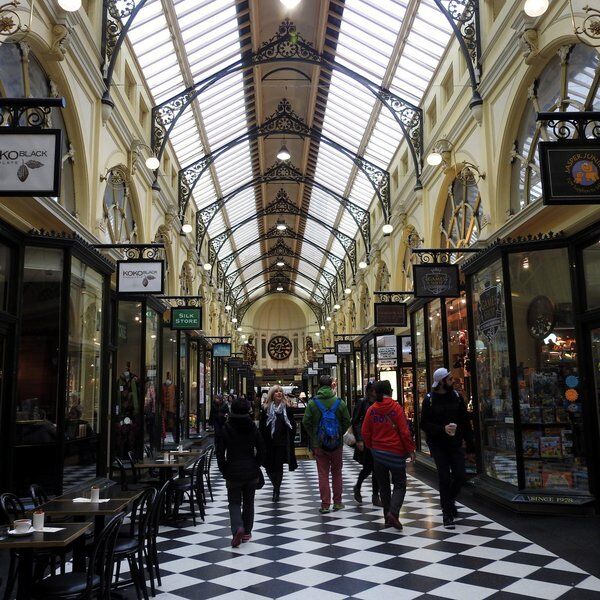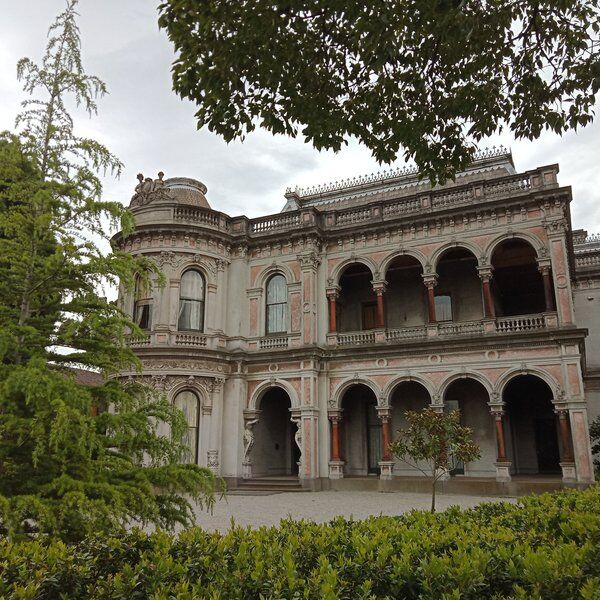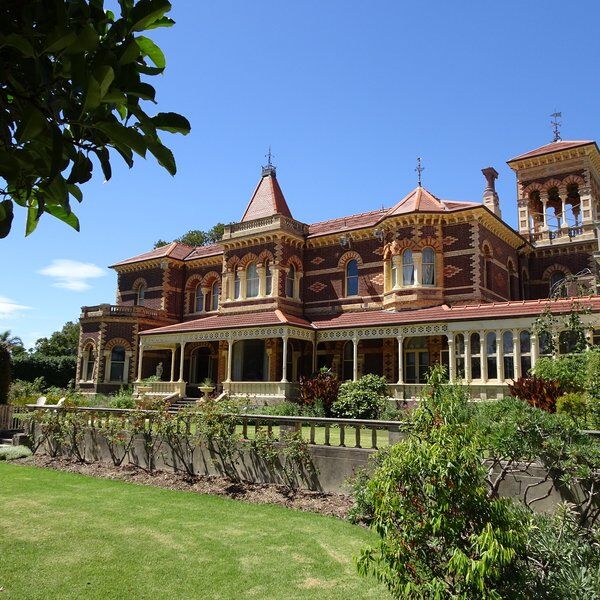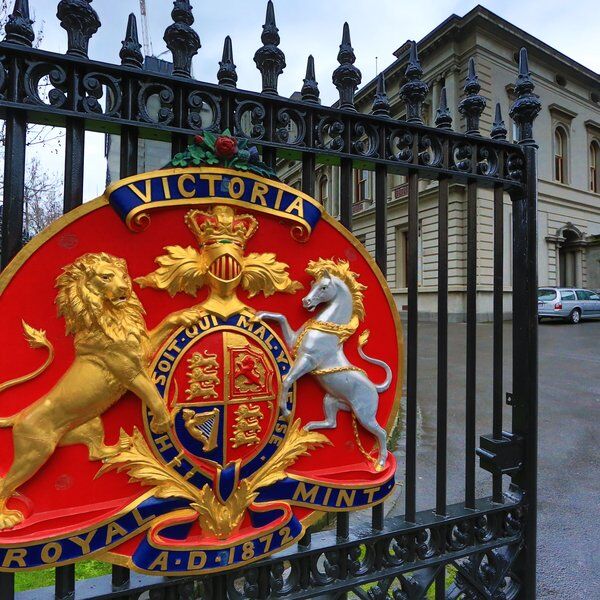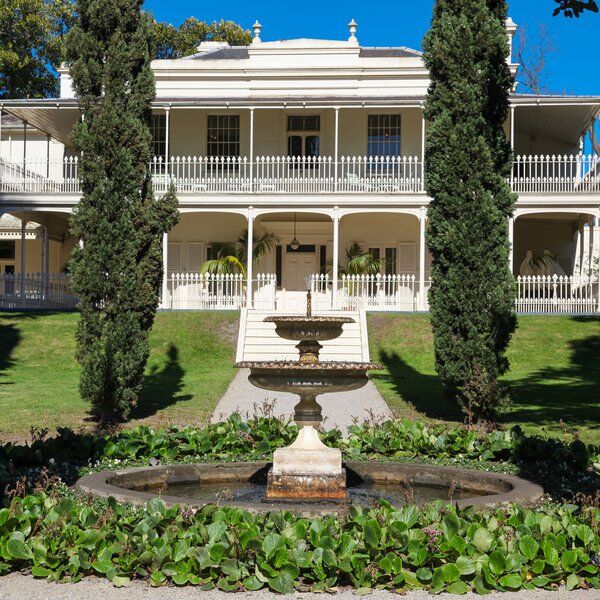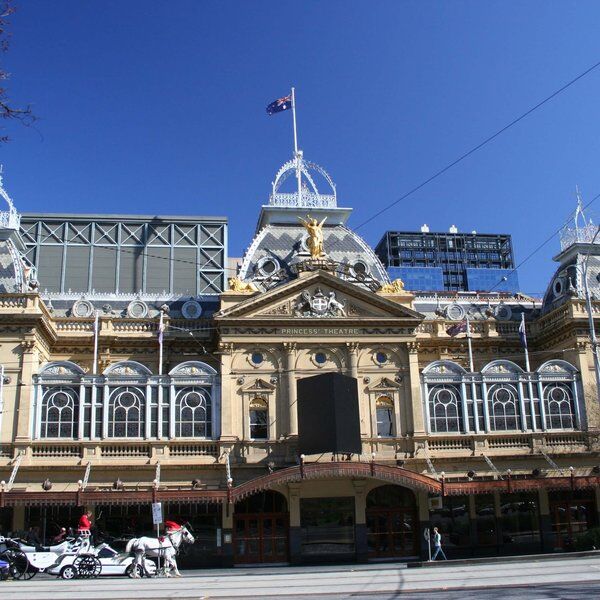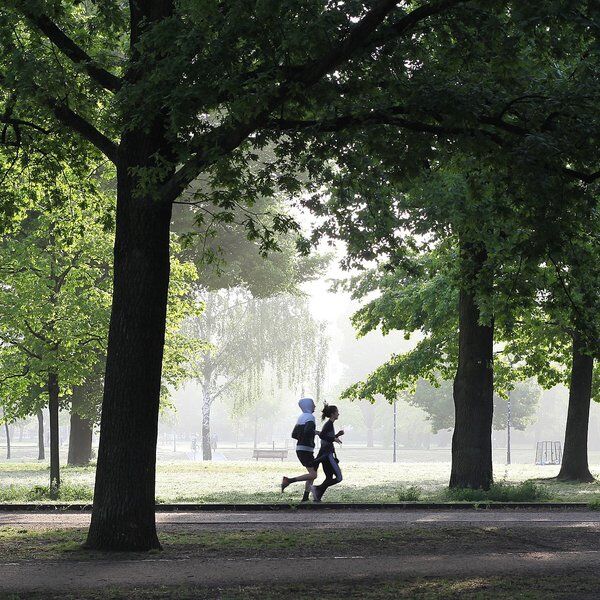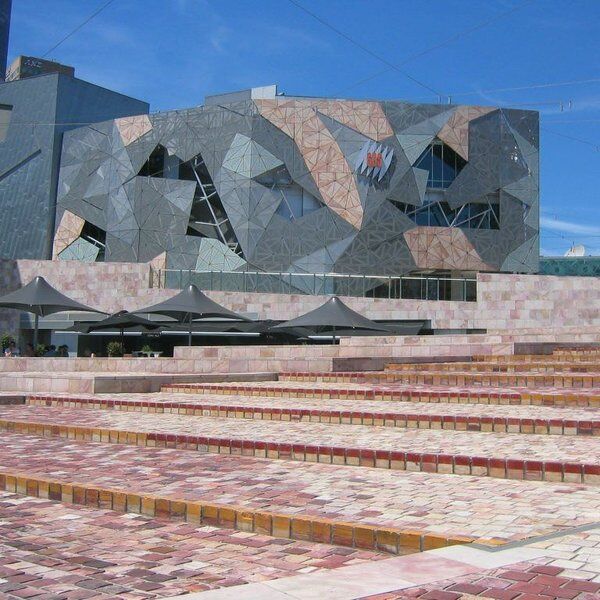Nestled in the Dandenong Ranges, just 35 kilometres (21 miles) east of Melbourne, lies the eponymously named William Ricketts Sanctuary, a controversial collection of 92 sculptures made by William Ricketts.
The exhibition displays clay sculptures honouring Aboriginal people and native Australian animals, often referring to Central Australian Aboriginal legends.
The sculptor, William Edward Ricketts, was an untrained artist who rejected traditional colonial life, preferring to immerse himself in nature and the Central Australian outback where he studied Dreamtime stories and native fauna which inspired his work.
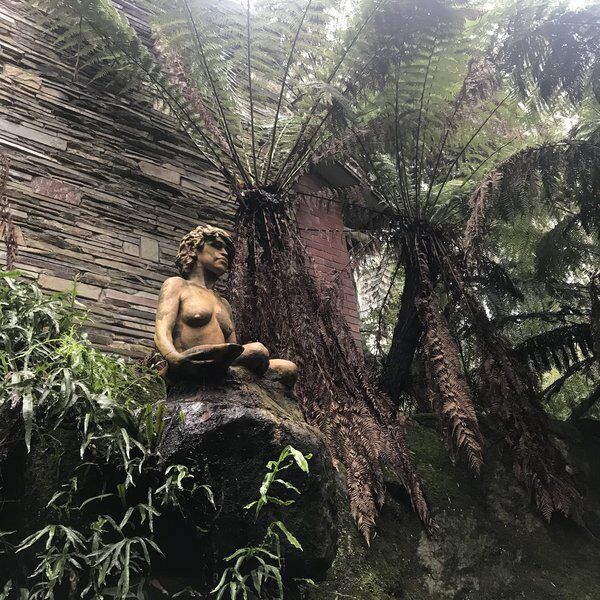
Who Was William Edward Ricketts?
William Edward Ricketts was born on 11 December 1898 in Richmond, Victoria. He was the youngest son of Arthur and Susan Ricketts, née Jones, who had two daughters and another son before William was born.
The outer Melbourne suburb that William grew up in was not as it appears today. Ironically, the local Kulin or Woiwurrung name for Richmond, “Quo-yung”, was recorded by Alfred Howitt, the Australian explorer and naturalist, as possibly meaning “dead trees” - something that would later become a recurring symbol for the artist.
Little is known of William’s childhood in Richmond, though some sources suggest that the young William, or Bill, as he was more commonly known, showed an early aptitude for all things creative. As a boy, he was a keen violin player and, aged just 14, Ricketts took his first job as a jeweller's apprentice.
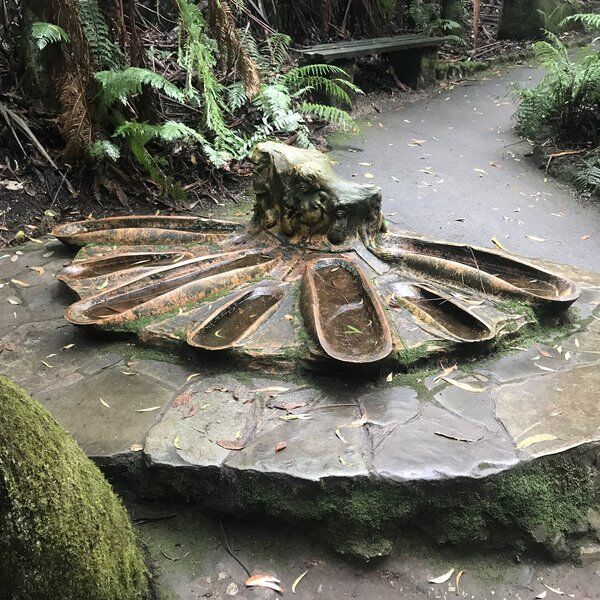
1920s to 1940s: Potters Sanctuary and Mt Dandenong
“I first took up clay modelling as a recreation and a relaxation…but the urge to create…ceramic art sprang in the first place from a deep love of my country, Australia, and of all the living things, human and animal native to it.”
Sculpting and clay modelling started as a hobby for Ricketts, who by 1920 had given up jewellery making. Despite never having any formal education or training as a sculptor, Ricketts found he thrived best between clay and kilns. He worked on his pottery predominantly from home and for the Australian Porcelain Company.
But city life never appealed to Ricketts, who revered nature above all else. In 1934, though there was little money to be made through his art, Ricketts turned his hobby into a career and purchased four acres of land in the Dandenong Ranges. His house, which he initially dubbed ‘Potters Sanctuary’, doubled as a studio and home for himself, his mother, a white pet rabbit, his violin and his pottery”.
The violin was significant. Ricketts’ love for music lasted all his life: in 1988, a visitor to the William Ricketts Sanctuary observed the artist’s ‘small but cherished’ record collection: Beethoven, Rimsky-Korsacov and Borodin prominent among them.
In 1942, Ricketts renamed his property Mount Dandenong, a name which has remained unchanged ever since.
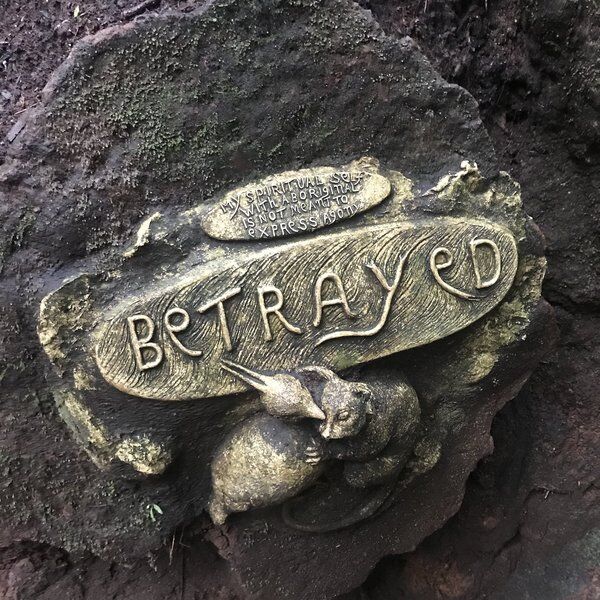
Escape To The Outback: Dreamtime & Art
As early as 1939, Ricketts expressed his desire to immerse himself in the culture of Aboriginal people in Central Australia, far away from the European and predominantly white settlements in Australia’s cities.
Ricketts’ curiosity and fascination with First Nations people had been born out of books written by Sir Baldwin Spencer and Frank Gillen, who lived alongside Aboriginal people and documented their customs, rituals and beliefs in Central Australia. Today, these books are considered to contain harmful and racist content - but to Ricketts, they were a portal into understanding the cultures of Indigenous Australians.
Inspired by Spencer and Gillen’s visit to the Australian Outback, Ricketts visited Central Australia for the first time in 1949. According to his biographer, Ricketts showed some local Arrernte people his sculptures, to which one Aboriginal man exclaimed: “No man made that!”, explaining that all things were gifted to mankind by Numbakulla, the creation deity.
Between 1949 and 1961, Ricketts frequently returned to Central Australia. During his visits, he was inspired to create new sculptures, using the local people’s likenesses and beliefs as inspiration. He also created and donated a collection of sculptures to Pitchi Richi Sanctuary, a now-closed bird sanctuary run by his friend Leo Corbet, just 4 kilometres south of Alice Springs.
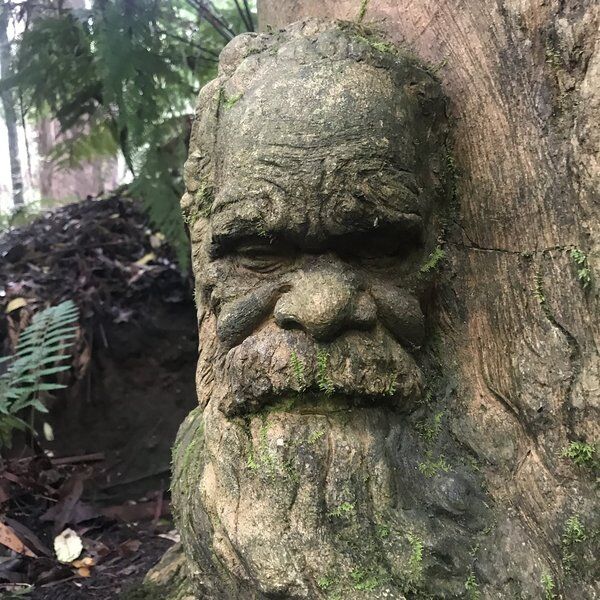
Studio to Gallery: Creating The William Ricketts Sanctuary
When he wasn’t in Central Australia or sculpting, Ricketts could be found pottering around his property at Mt Dandenong. While his home was very basic, Ricketts poured a lot of time and energy into curating his idea of a perfect garden:
“His home - a self made house of two or three rooms - stood on a piece of level ground at the gully’s side, and the beginnings of his garden were evident in the carefully planted native trees among the rocks and the neat pathways leading to picturesque corners of his own designing.”
In marked contrast to most of his city contemporaries, Ricketts wanted his backyard to be full of native Australian flora; the tall Eucalyptus trees to hum with birdsong. Ricketts deliberately made and displayed his sculptures to live in harmony with nature: he didn’t use glazes for outdoor sculptures because moss and lichen wouldn’t grow on them if he did.
In 1961, after 24 years of living at Mt Dandenong, the Victorian Forests Commission purchased the William Ricketts Sanctuary and opened it up to the public in 1964. The Victorian Government also supplied Ricketts with a new, slightly-improved home and a new kiln to aid his artistry.
Ricketts received no further monetary compensation or funding. A team of five volunteers took donations at the gates and, with the exception of two years living in India during the ‘70s, Ricketts would continue living and working at his Sanctuary until his death in 1993.
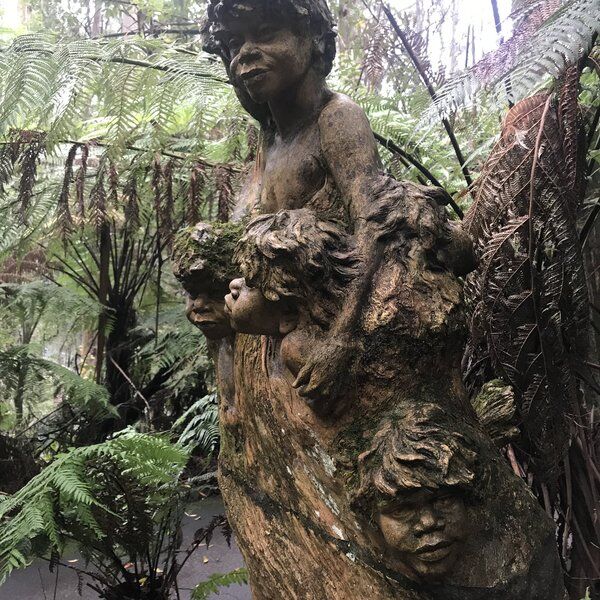
The William Ricketts Sanctuary: Climate and Culture Controversies
“He wants Australians to know of these stories, but above all he wants the people of overseas countries, of England and America, to realise that although Australia is a new country, it has behind it the history of years, as they have.” – The Advertiser, 1939
The name William Ricketts and his associated legacy remains a complicated and controversial topic. At the time Ricketts first started creating his sculptures, he was treated with scepticism and disdain by many European-descended Australians.
Ricketts was a staunch nationalist, but not in the typical sense of the word. He argued that he loved Australia for its ancient Aboriginal history, not its recent colonial past - an idea that ruffled plenty of feathers.
“I am trying to be one of the champions of the Australian bushland creatures and striving to show that there is beauty and strength in the Aboriginal face and form, and I hope that, with my work, I shall play my humble part in preserving Australia’s legendry.” – The Advertiser, 1939
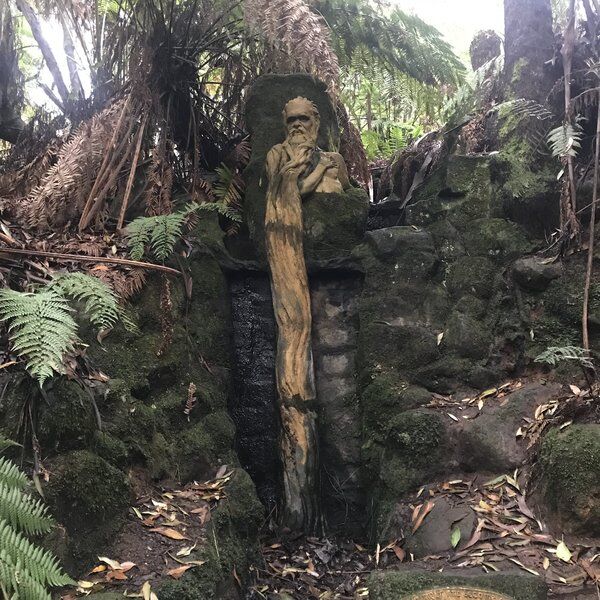
Ricketts’ view that mankind should work with nature, not against it, didn’t earn him many friends either. From the 18th century until the late 20th century, progress at the expense of the environment wasn’t regarded as problematic to most people as it is today.
“They’re bastards! They cut down trees and they kill animals. The people in the world today can destroy everything that exists.” – The Canberra Times, 1988
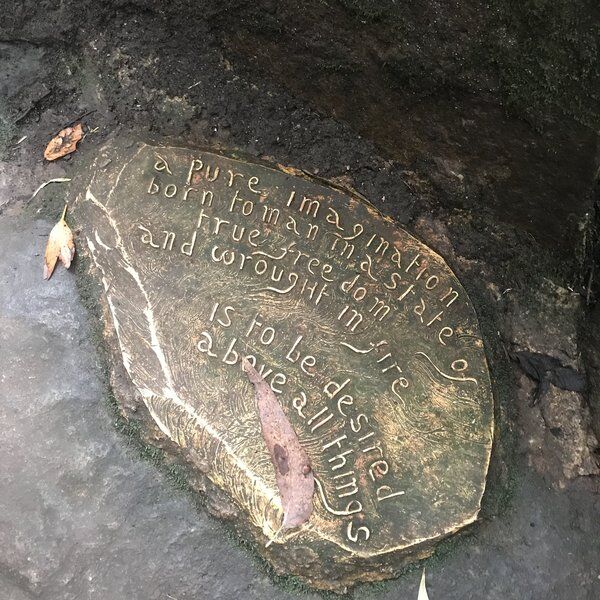
But more recently, scholars and civil rights activists have also criticised the artist and his work, citing racism, cultural appropriation and primitivism as three key issues.
According to some sources, Ricketts’ visits to Central Australia were marred by exploitation, using Aboriginal people’s likenesses in an environment charged with “misunderstandings and tensions”.
Further, Ricketts’ sculptures frequently combine the faces of Aboriginal people with animals, plants or rocks, something that, according to some, propagates racist views “[of Aboriginal people] belonging with the animals rather than humans”.
Another critic of William Ricketts’ sculptures argues that as a white Australian, Ricketts had no business making sculptures of Aboriginal people, comparing his work to “kitsch ‘Aboriginal’ pieces where generic Black faces were painted onto things like ashtrays.”
Famous Sculptures at The William Ricketts Sanctuary
There are 92 sculptures in total at the William Ricketts Sanctuary, all of which are connected to Aboriginal people, Central Australian Dreamtime stories and nature. An audio guide is available for $5 AUD. Here are just three standout sculptures:
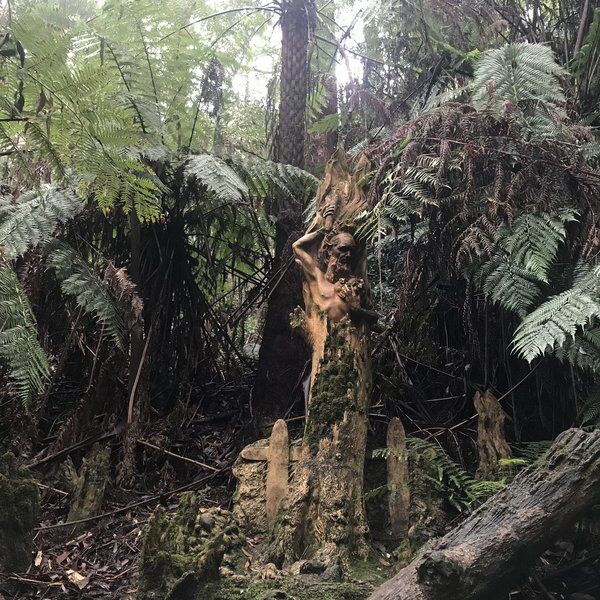
Australia Crucified
Australia Crucified is a sculpture that depicts Ricketts’ sadness over the destruction of Australia’s once abundant forests due to logging, land-clearing and bushfires. Ricketts was particularly dismayed by the loss of animal habitat.
Earthly Mother
Earthly Mother depicts an Aboriginal woman with her children and is supposed to symbolise the unity between humankind and nature. The water feature flows up and then back down, symbolising humans’ retreat to soil after their spell on Earth is done.
Tree of Life
The Tree of Life sculpture is where William Ricketts’ ashes are buried, as per his wish. This symbolic sculpture shows the artist’s dedication to rejoining the Earth after death, and his commitment to the Sanctuary which he viewed as a “forest of love”.
Discover More about Melbourne with CityDays
Melbourne is rich in both culture and history, offering visitors and locals alike the chance to explore its quirks and noteworthy nooks.
Ready to discover more of what Melbourne has to offer?
CityDays have FOUR treasure and scavenger hunts in Melbourne to choose from, all of which combine the fun of an escape room with the historic facts and whimsical trivia of a walking tour!
Take the stress out of planning your visit to Melbourne and book your adventure today!
Not visiting Melbourne this time? Don’t worry, you’ll find us all over the world.









